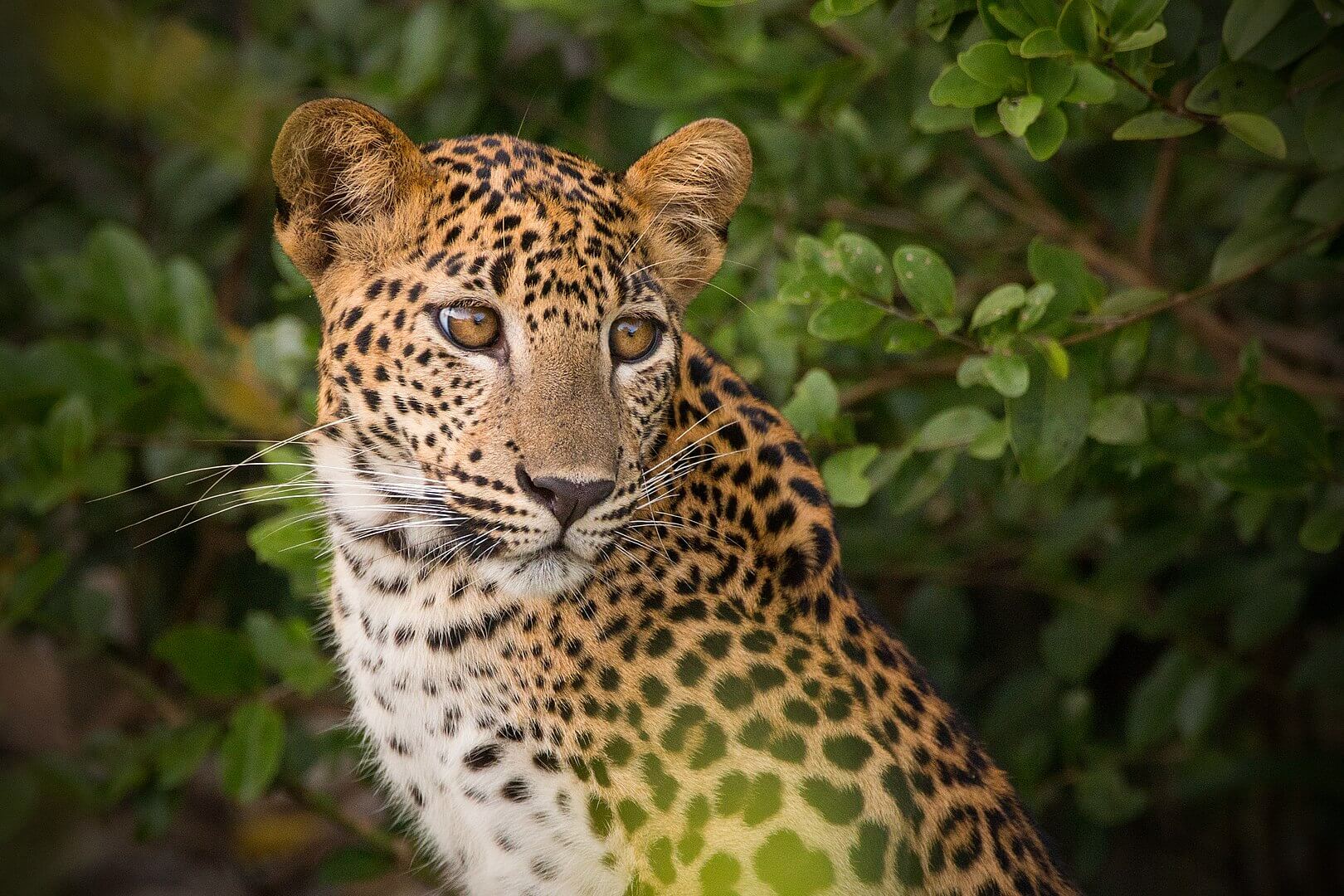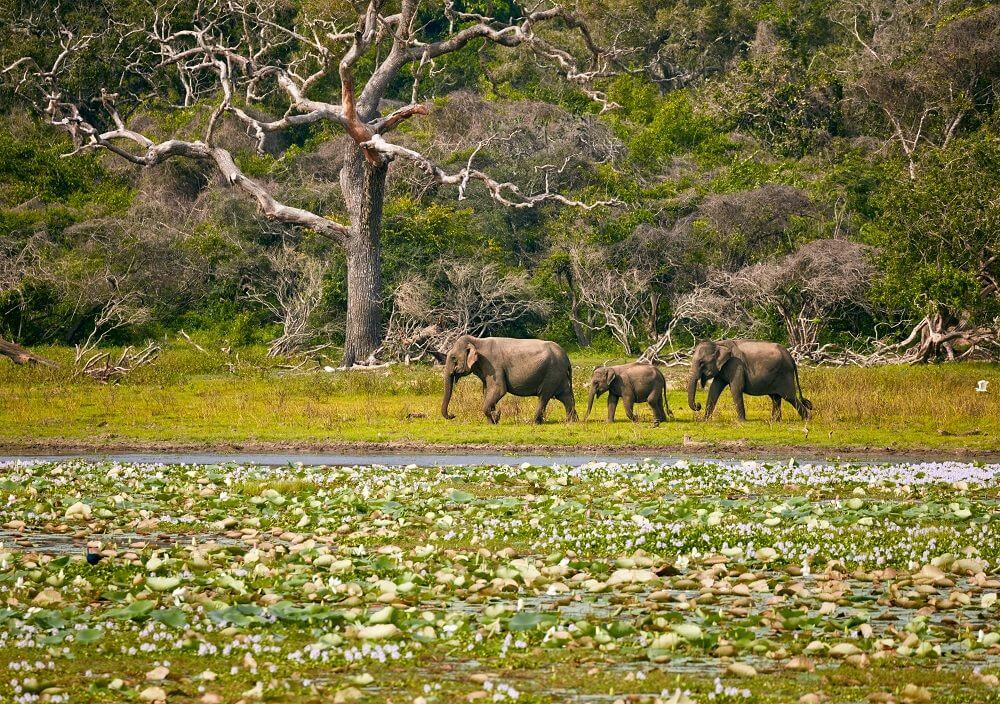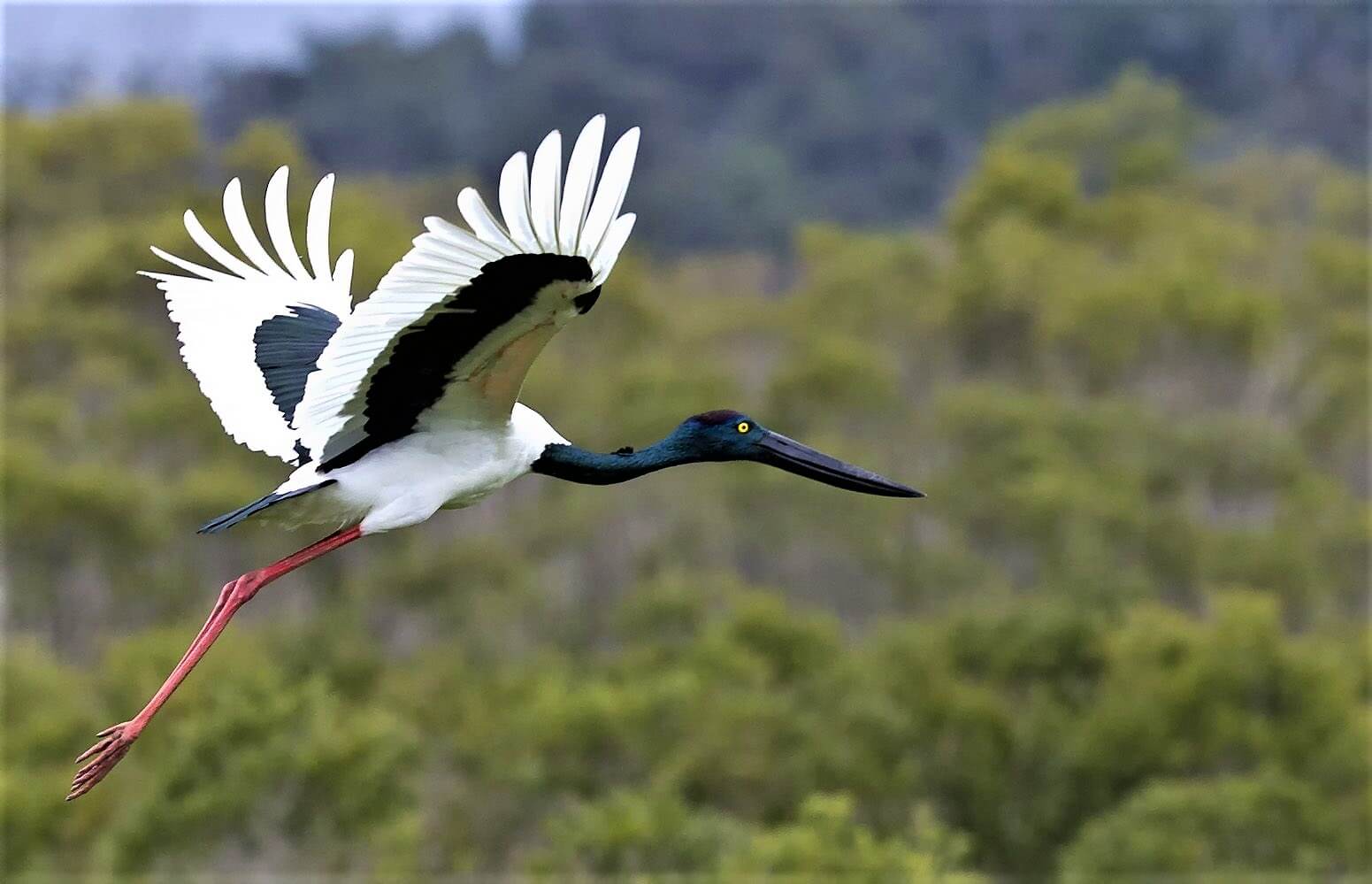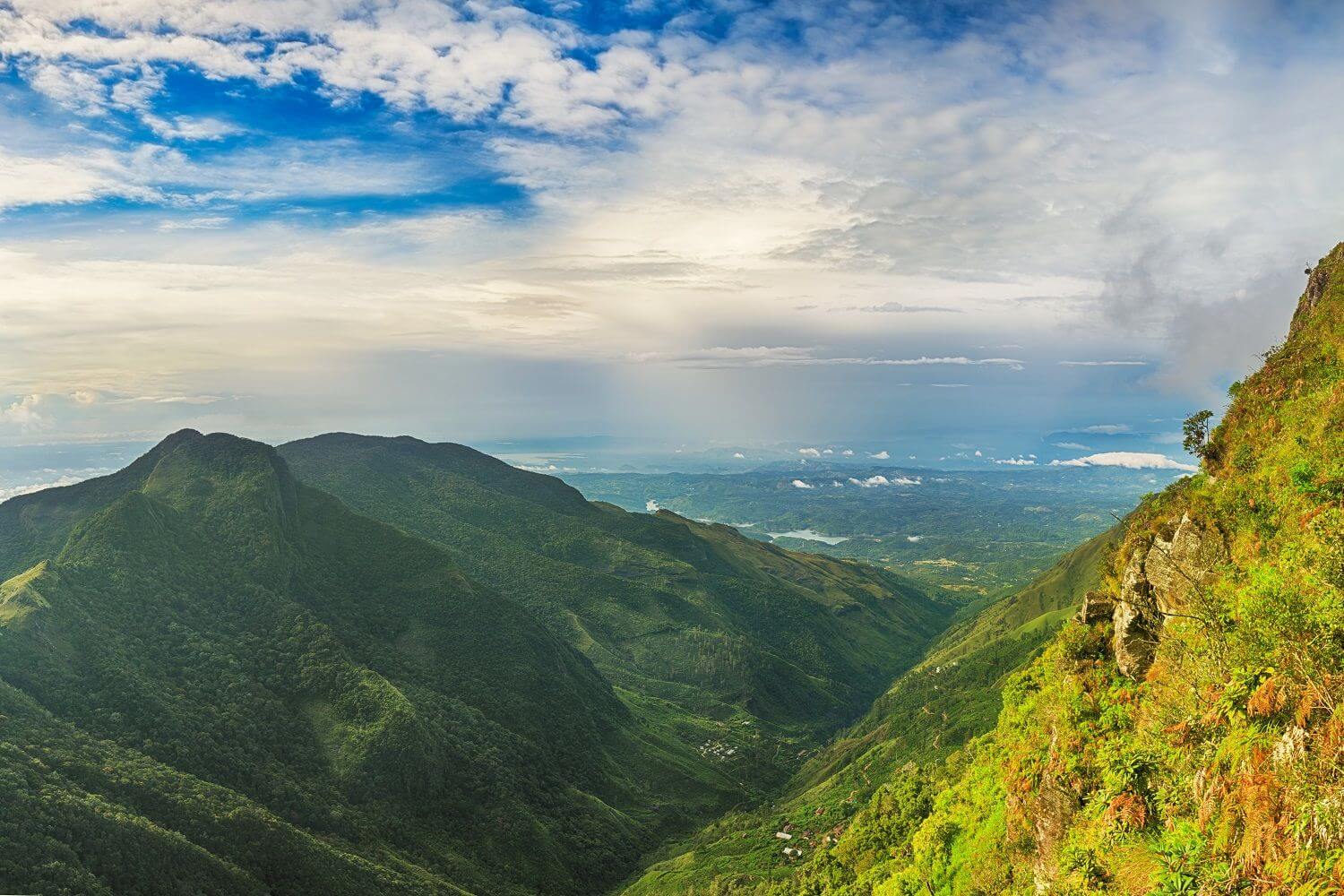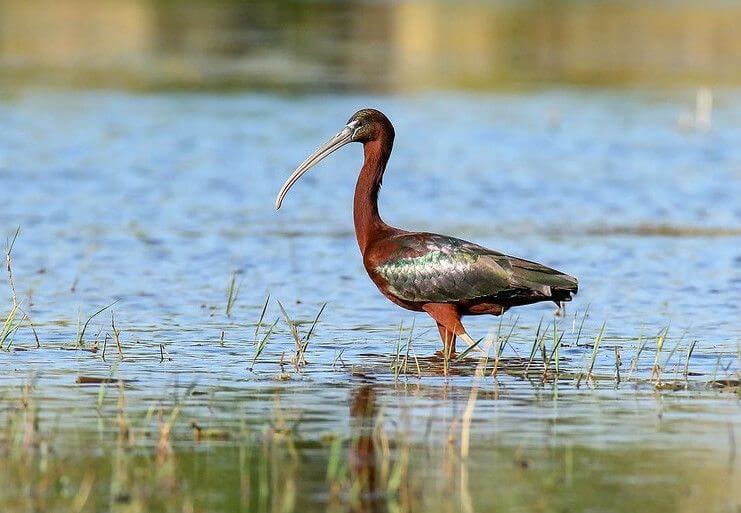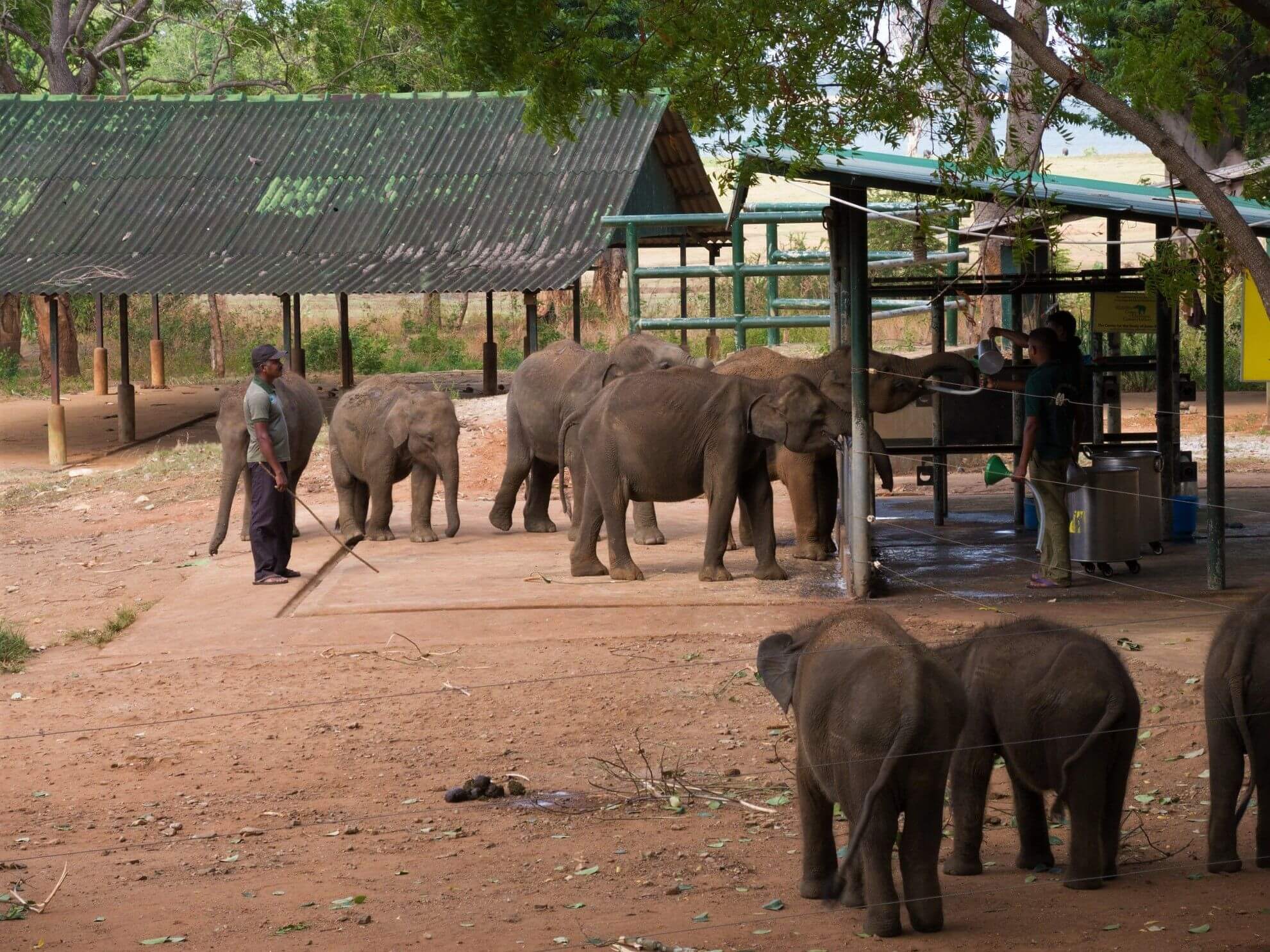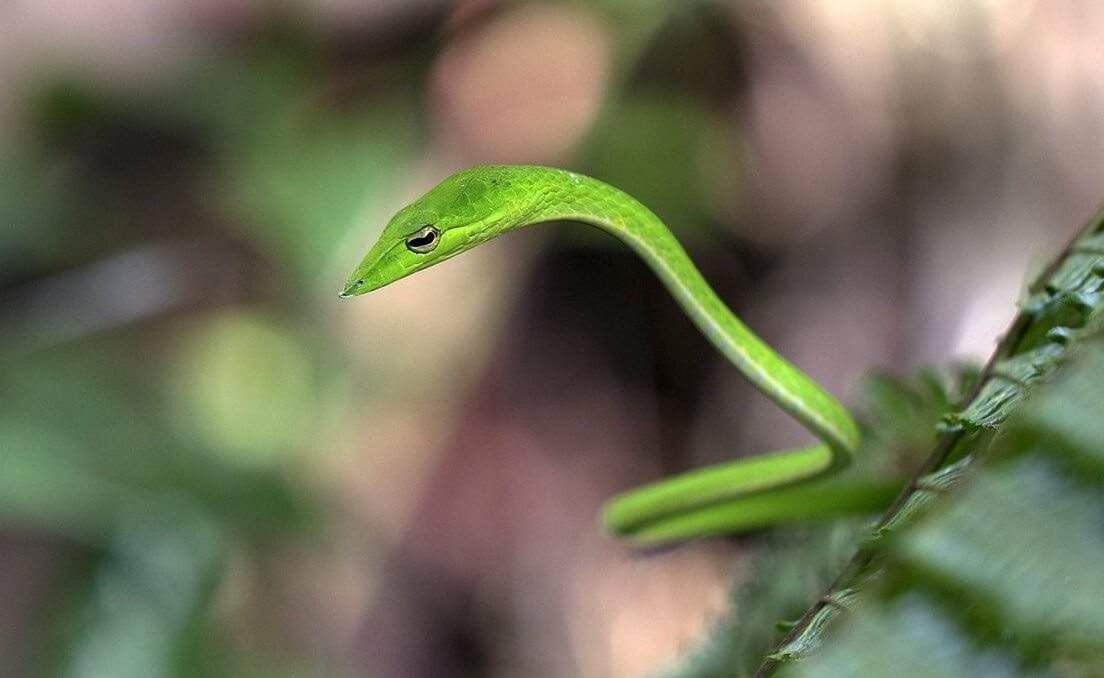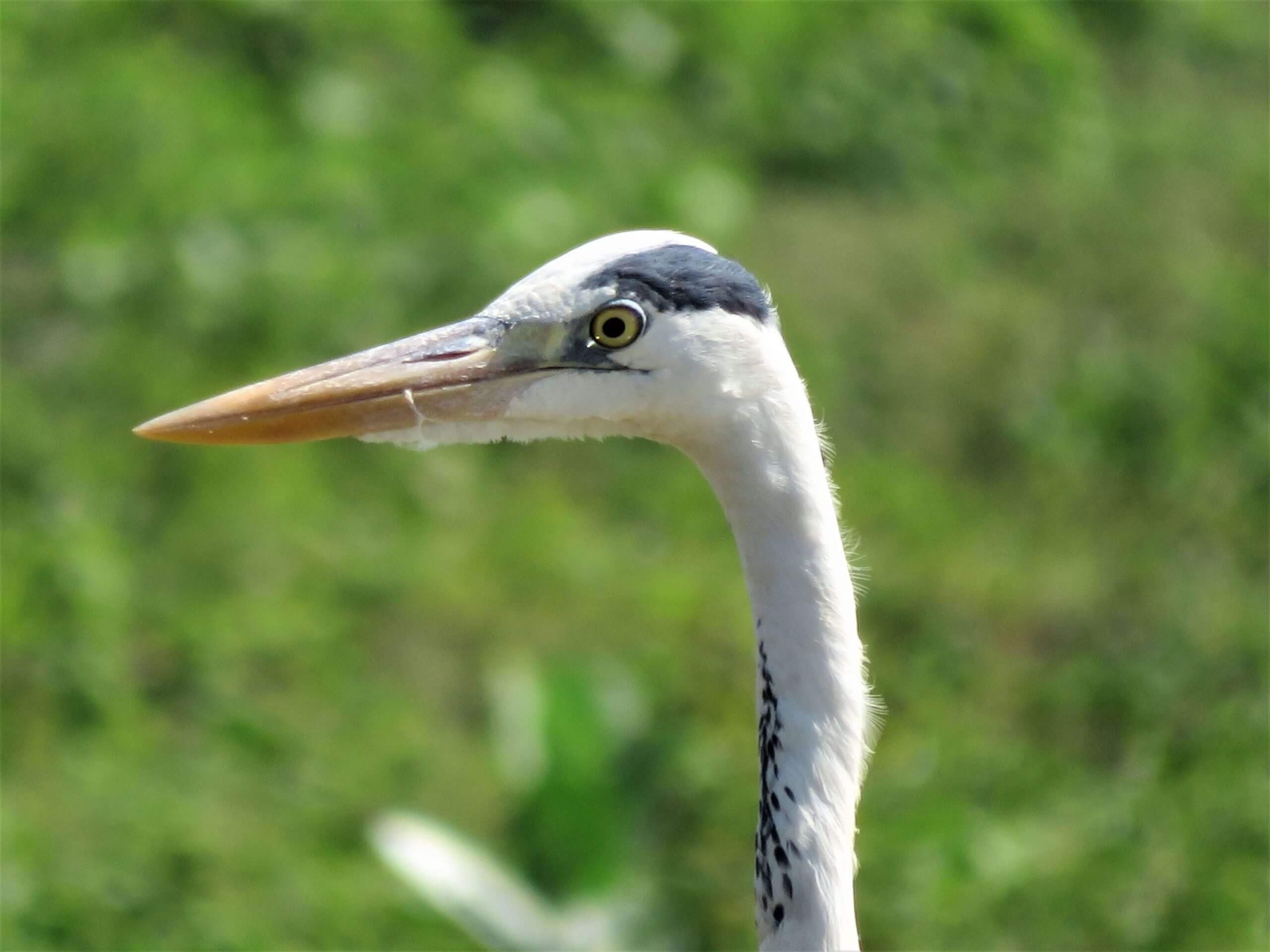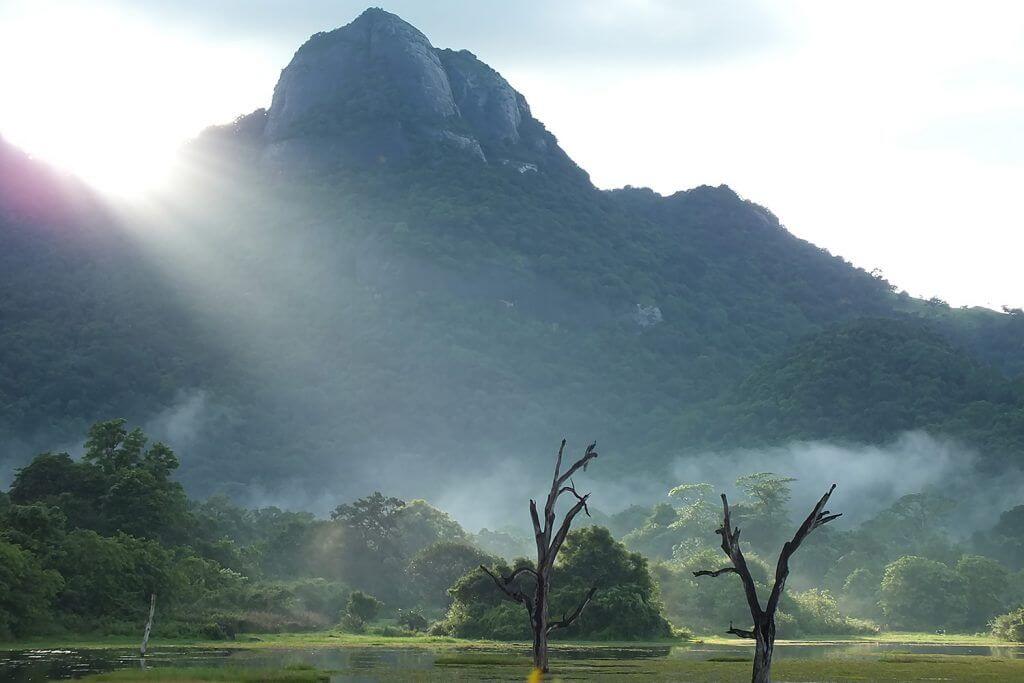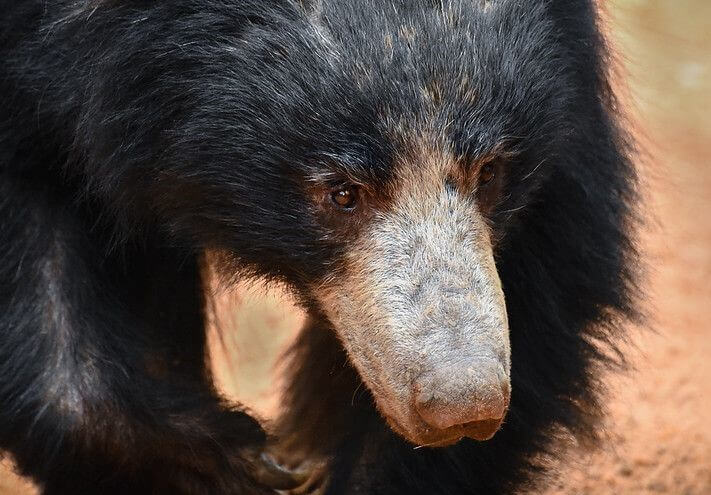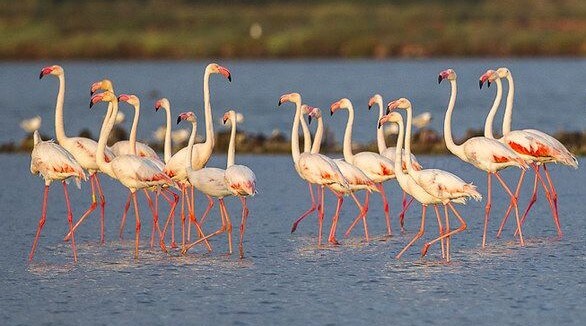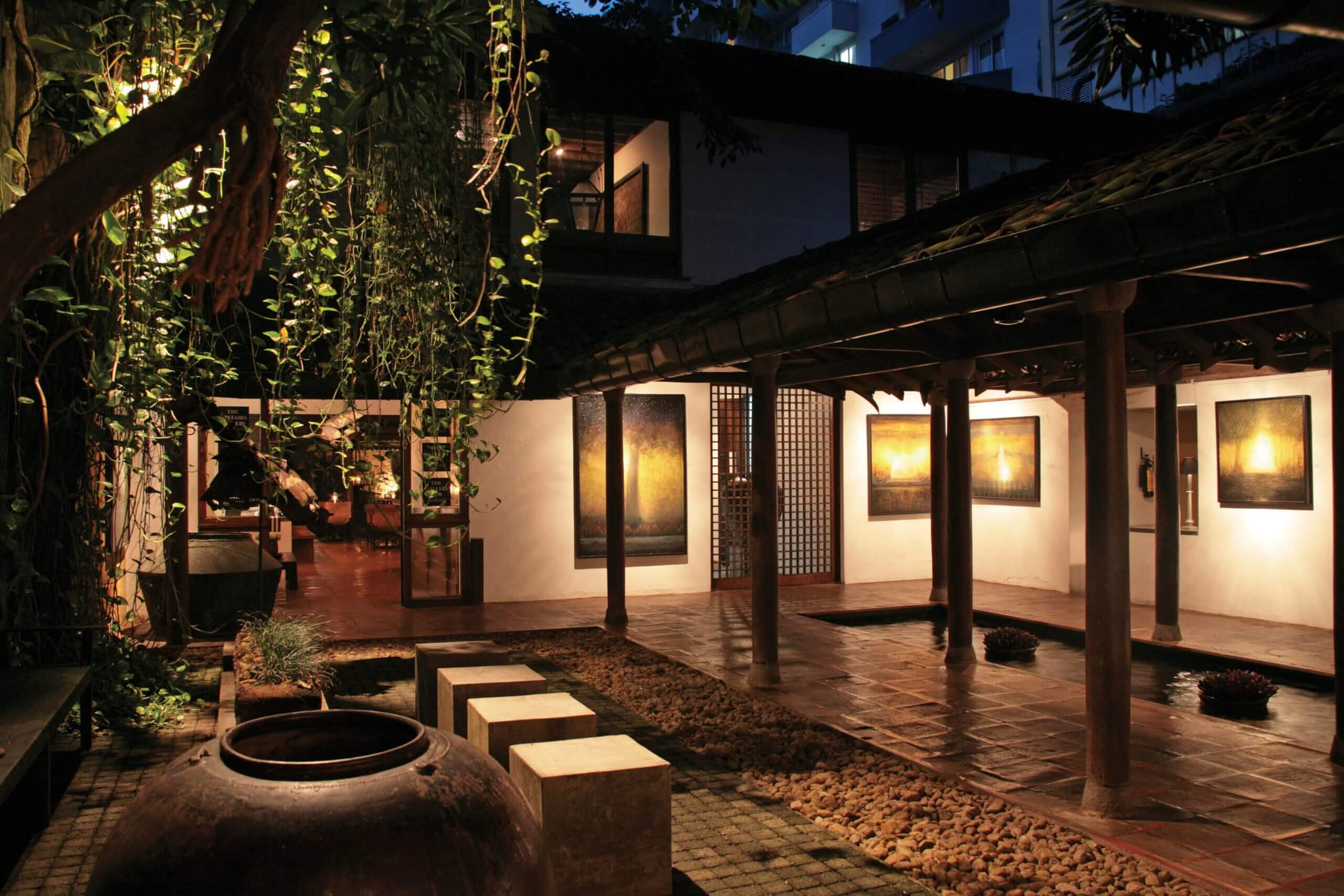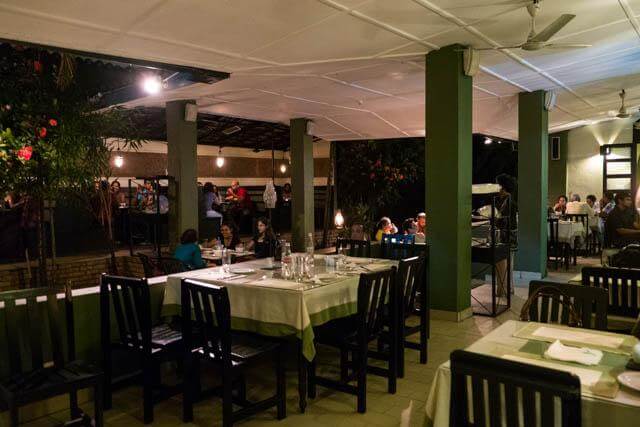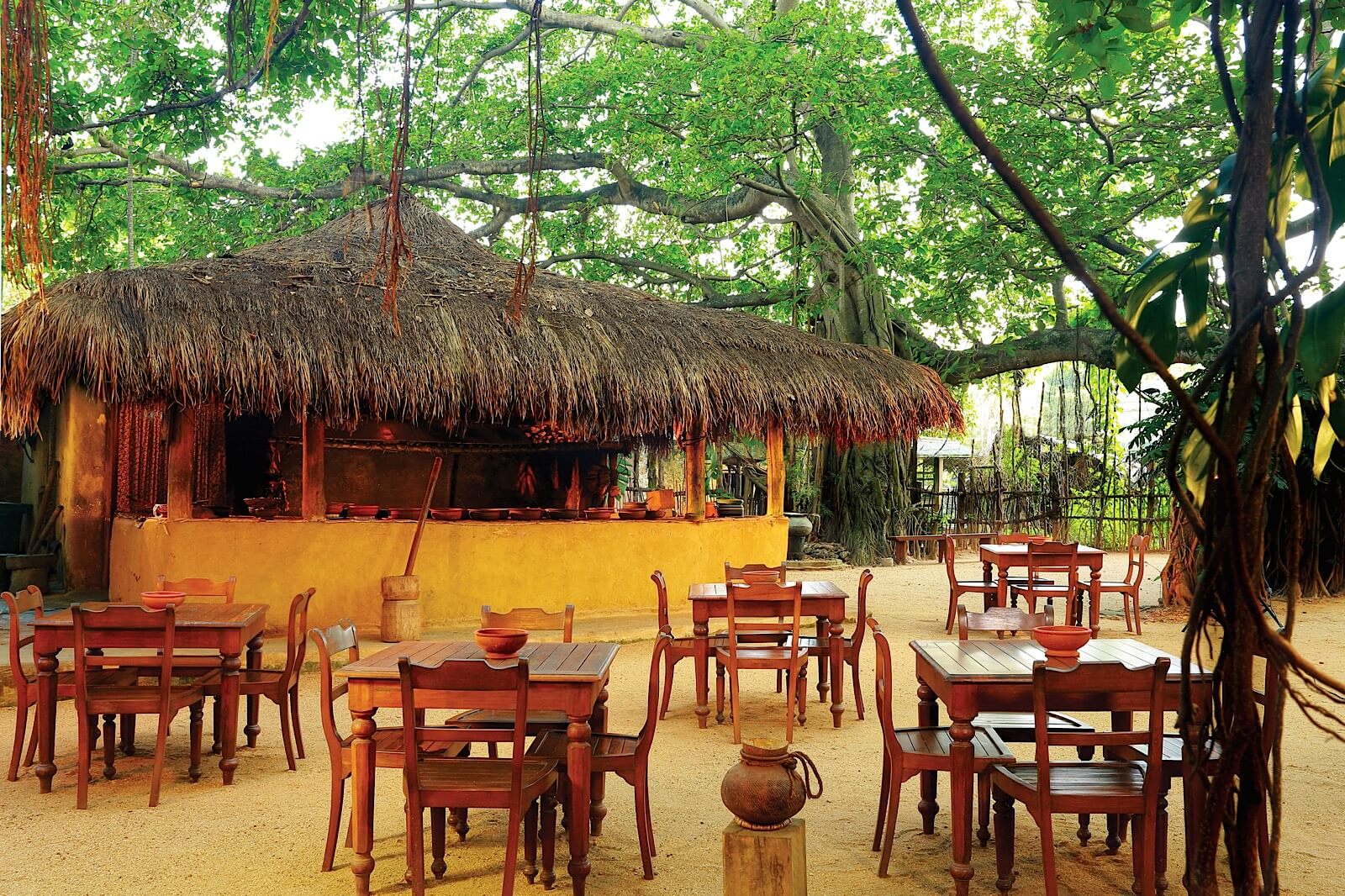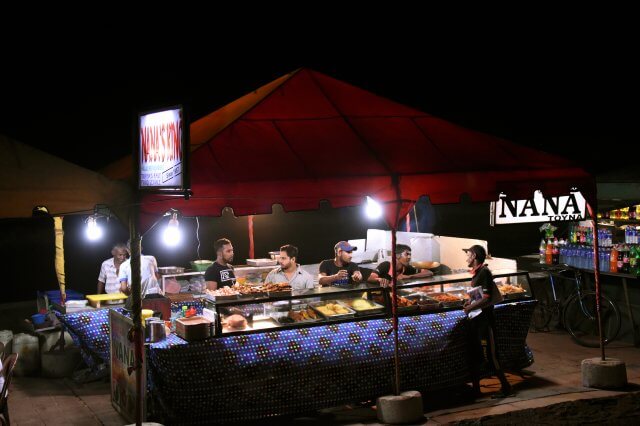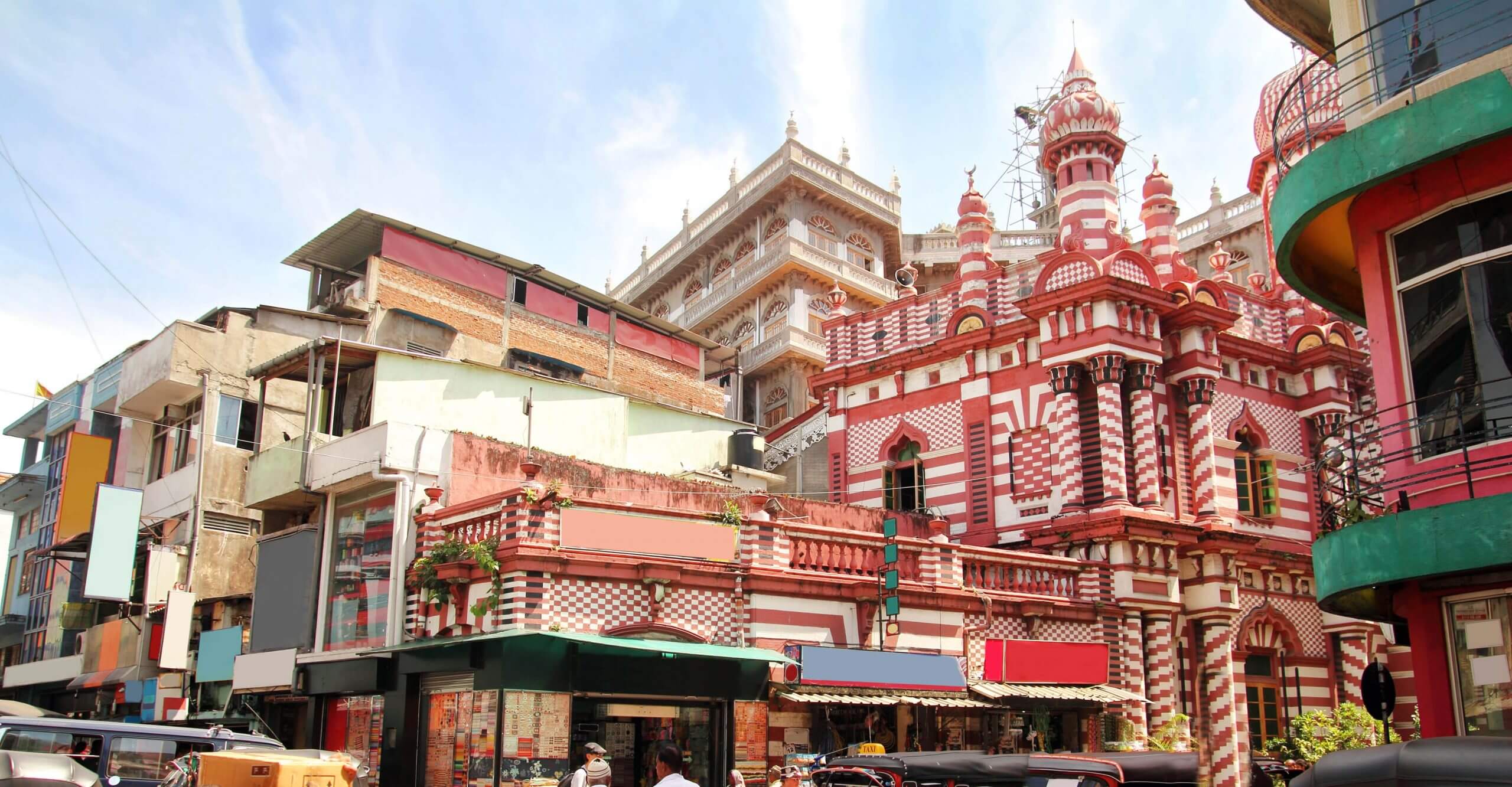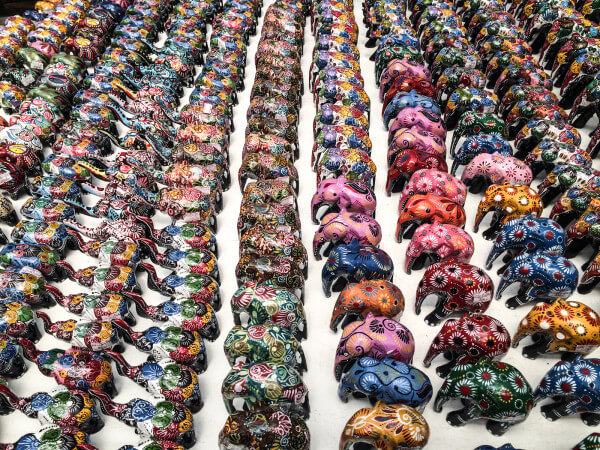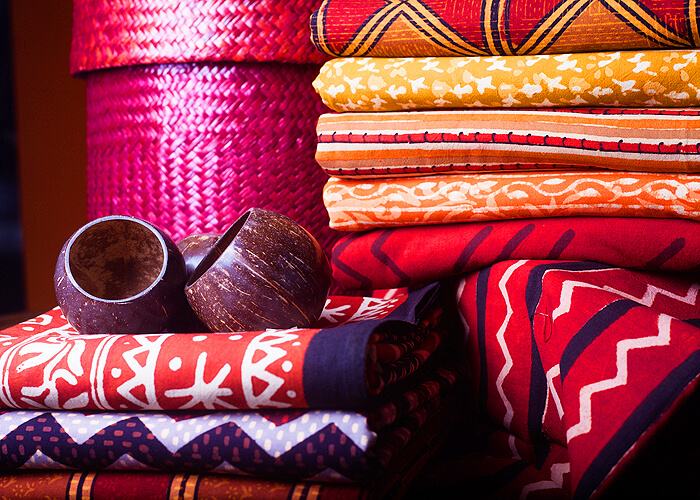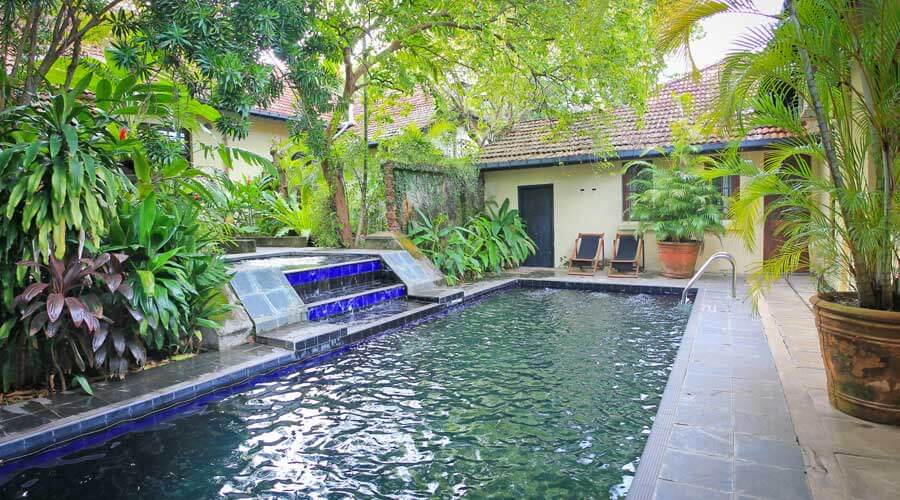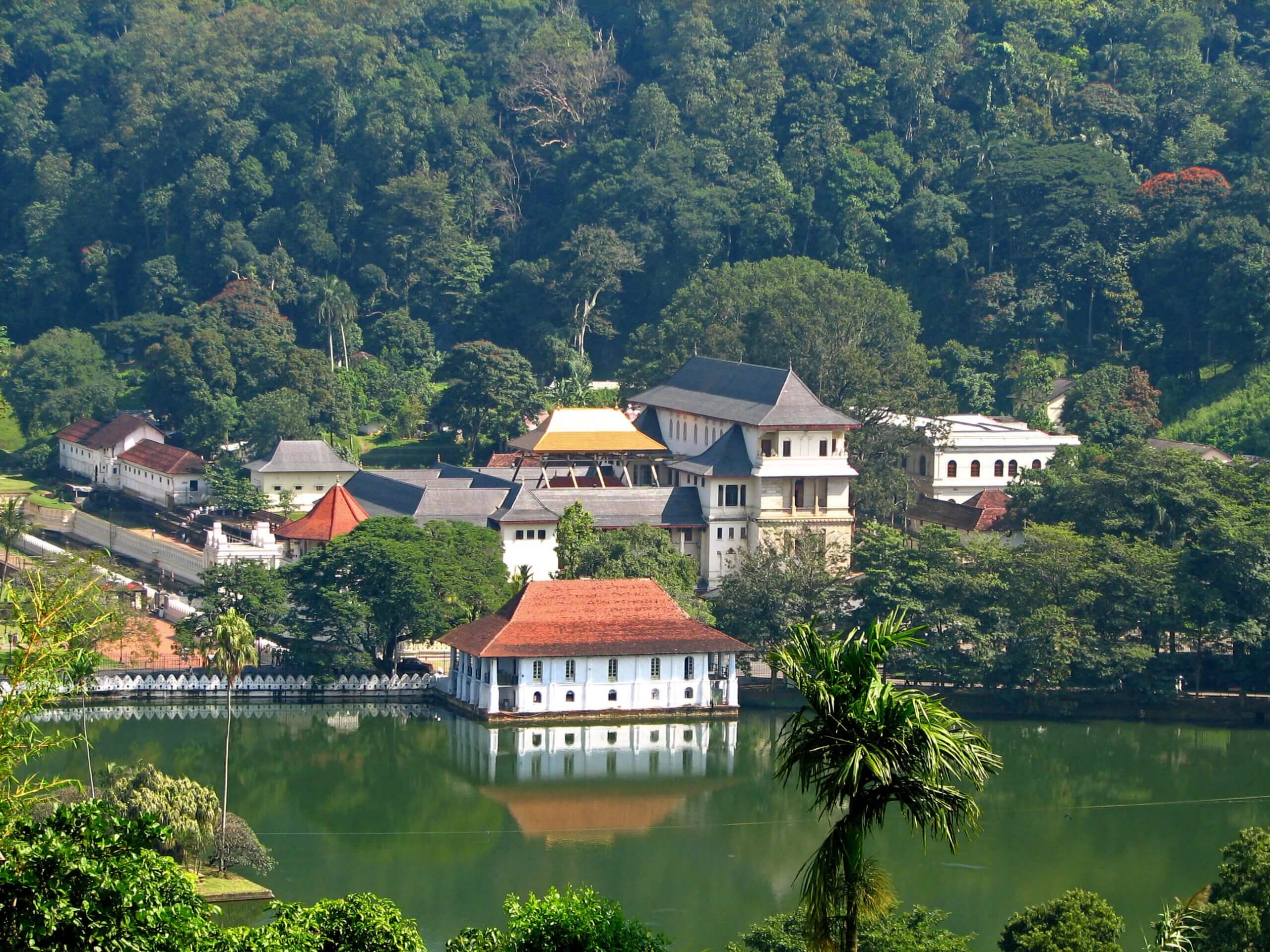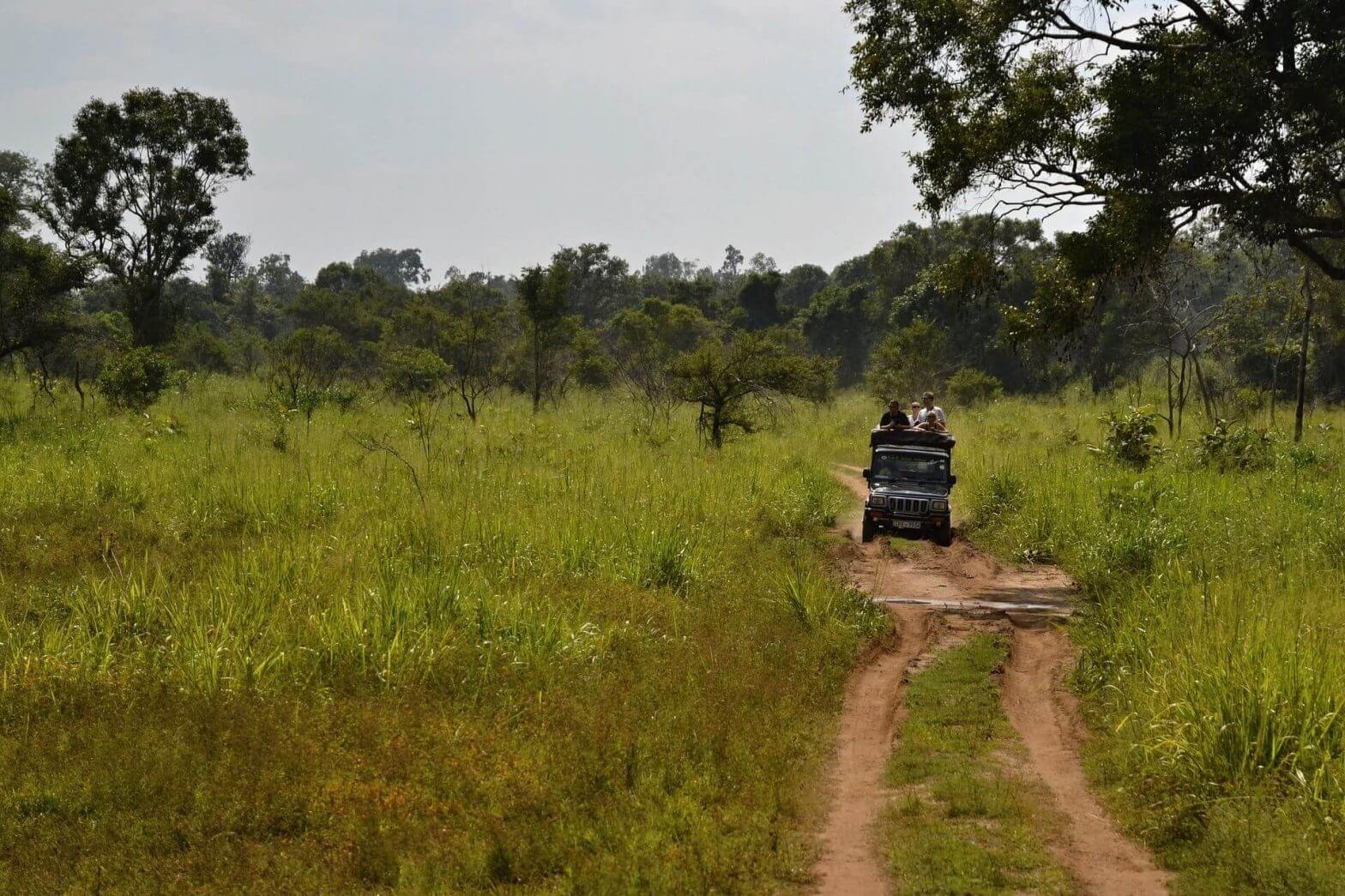
Everyone who visits Sri Lanka dreams of seeing a leopard, but there is so much more to the island’s parks, rainforests and bird sanctuaries. The best way to explore them is to plan – while hiring a guide and a jeep on the day is fine, there are many passionate, knowledgeable guides and budget-friendly tours online.
Wilpattu National Park: jeep safari
Around four hours’ drive from Colombo, Wilpattu National Park is quieter than Yala and many say it is a better experience. Closed for 25 years during the war, the park was swept for landmines before it reopened in 2010. Dozens of shallow villus filled with rainwater entice elephants, leopards, sloth bears, deer and buffalo. Buy a ticket in advance from the Department of Wildlife Conservation website.
Entry: approx. $25 per person, private excursion with guide (local pick-up) $30-100 per person.
When to go: May to October
Leopard in Wilpattu National Park
Yala National Park: jeep safari
Sri Lanka’s most famous national park has been criticised recently for the number of jeeps allowed inside. To get a sense of the problem, on an average day there might be 95 jeeps in Wilpattu, but around 500 in Yala. There are things you can do, such as avoiding weekends, and there are jeep sharing groups on Facebook. The former colonial hunting ground is still the best place to see wildlife in Sri Lanka, especially if you want to see the island’s large mammals. Places to stay nearby include the popular Wild Coast Tented Lodge.
Entry: approx. $25 per person, private excursion with guide (local pick-up) $40-110 per person.
When to go: May to October
Bundala National Park: jeep safari, birdwatching
Bundala is home to all of Sri Lanka’s large mammals but is better known as a refuge for migratory birds. A mixture of wetland, scrubland, saltmarsh and dunes with a beautiful untouched coastline, visiting Bundala is a very different experience from a trip to Yala or Wilpattu. The most important birds present in the park are the globally threatened Lesser Adjutant and the Black-Necked Stork. Get there in around three hours from Galle or Unawatuna.
Entry: approx. $15 per person, private excursion with guide (local pick-up) $20-90 per person.
When to go: November to February
Horton Plains National Park: hiking
You don’t need to go on safari to see the island’s wildlife. Horton Plains, a vast plateau of grassland, cloud forest, meandering rivers and waterfalls has plenty, including elk, sambar deer, loris, monkeys and giant squirrels. Even rarely-seen leopards lurk in the grasslands here. Horton Plains can get busy with tourists who come to see the view from World’s End, a cliff with a 4000 ft drop. Do some planning so you can get off the main tourist trail, and take a knowledgeable guide with you.
Entry: approx. $15 per person, private excursion with guide (local pick-up) $30-50 per person.
When to go: December to April
Horton Plains National Park
Kumana National Park (Yala East): jeep safari
At the eastern corner of Yala, Kumana National Park is a good choice if you want to avoid the crowds. A great place for birdwatching, Kumana’s mangrove swamps and lagoons attract migratory birds such as the pintail snipe which flies thousands of miles from Siberia. There are also herons, pelicans, spoonbills and rare species like the Glossy Ibis and Black-Necked Stork. Kumana is home to all the same mammals as Yala, but as it is a wilder environment, they might not be so easy to spot.
Entry: approx. $15 per person, private excursion with guide (local pick-up) $35-80 per person.
When to go: May to October
Udawalawe National Park: jeep safari
With a 500-strong herd, Udawalawe is one of the best places on the island to see elephants. At the center of the park is the peaceful Uda Walawe reservoir which attracts all manner of wildlife from crocodiles to water buffalo. Unfortunately, this park is starting to get as busy as Yala during peak times. Nextdoor is the Elephant Transit Home, where orphaned elephant calves are cared for. It is an inspiring place and well worth a visit.
Entry: approx. $25 per person, private excursion with guide (local pick-up) $40-100 per person
When to go: May to October
The Elephant Transit Home at Udawalawe National Park
Sinharaja Forest Reserve: hiking
Most of Sri Lanka’s primary rainforest has disappeared, but one patch remains – the Sinharaja Forest Reserve, in the Southern Lowlands. A UNESCO Biosphere Reserve, this ancient forest has 40-meter-tall trees, waterfalls and pools to swim in, and an array of exotic plants, birds, butterflies and reptiles. Hiking is permitted with a guide: you can find one at the entrance or book a private excursion in advance. Get there in around three hours from Galle or the beach resorts of the South Coast.
Private excursion with guide (local pick-up) $50-200 per person.
When to go: August/September to March/April
Green Vine Snake in Sinharaja Forest Reserve
Kalametiya Bird Sanctuary: birdwatching
Kalametiya is a popular bird sanctuary around two hours’ drive from Galle and the southern beach resorts. A vast expanse of tropical wetland, it is home to migratory and water birds including several rare species. Book a tour in advance and spend a relaxing few hours floating through the lagoons and mangrove swamps on a customised birdwatching boat.
Excursion with guide (local pick-up) $28-35 per person.
When to go: November to February
Gal Oya National Park: jeep safari, boat safari
Gal Oya is a beautiful park that most tourists have never heard of which means you can spend a day here without seeing another jeep. Safaris often include a boat trip on the reservoir, where you might see the park’s famous swimming elephants crossing to the islands in search of food. All Sri Lanka’s large mammals live in Gal Oya, although because the environment is wilder, they may be harder to spot. The park is a few hours’ drive from Tea Country or Arugam Bay and the Gal Oya Lodge is a good place to stay locally.
Entry: approx. $15 per person, private excursion with guide (local pick-up) $30-95.
When to go: April to September
Wasgamuwa National Park: jeep safari, volunteering
Wasgamuwa is one of the quieter national parks and ideal if you want a less crowded experience. All the large mammals have been spotted here, and the park is also home to the Sri Lanka Wildlife Conservation Society, an award-winning non-profit that runs volunteer programs. Like many of the national parks in Sri Lanka, Wasgamuwa permits tourists to stay overnight within its boundaries, either in a tent or one of the park’s few bungalows. Get there in three hours from Kandy.
Entry: approx. $15 per person, private excursion with guide (local pick-up) $35-80 per person.
When to go: May to October
Sloth Bear at Wasgamuwa National Park
Chundikkulam National Park: birdwatching
Not many people know that one of Sri Lanka’s oldest national parks is located in the far north of the country. Chundikkulam National Park can be found on the North East coast in an area untouched by development. Made a bird sanctuary in 1938, the park closed when the war began. In 2015 it reopened as a national park. In the winter, Chundikkulam can be filled with migratory birds including Greater Flamingos. Visit on a day trip from Jaffna.
Entry: approx. $15 per person, private excursion with guide (local pick-up) $20-90.
When to go: September to March
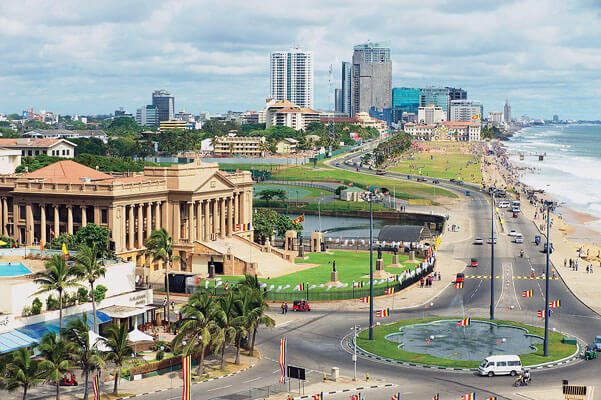
Tropical, colorful and welcoming, Colombo is a fantastic destination for anyone looking to take in Sri Lanka’s vibrant cultural heritage, explore the island’s unique and flavorful cuisine and unwind on the edge of the dramatic Indian Ocean. Sri Lanka’s capital is reminiscent of other South Asian cities but without the overwhelming crowds and pollution, offering a more relaxed, tropical alternative to Delhi or Dhaka. An incredibly diverse city, Colombo is home to many ethnicities and cultures, all of which contribute to the city’s complex and vibrant character.
Sri Lanka’s rich and diverse history spans millennia and reflects influences from a range of regional actors and global powers. A series of ancient dynasties and regional kingdoms followed in more recent history by a number of European colonial powers — Portuguese, Dutch and British — have all left their marks on modern Sri Lankan culture and consciousness.
Originally opened in 1877, this striking white building houses art and artifacts from millennia of Sri Lankan history. It’s a good place to begin to get a grasp on Sri Lanka’s rich cultural heritage. The collection of colorful antique demon masks, used in traditional Sri Lankan rituals and performances, is a personal favorite.
Adjacent to the National Museum, Colombo’s Natural History Museum is worth a visit for anyone interested in learning about the country’s endemic species.
If you’re new to Sri Lankan food, as I was, you’re in for a treat. Be prepared for some spice, and look forward to flavorful meat, seafood and vegetable curries, steamed banana-leaf packets of meat and rice (lamprais, from the Dutch for “lump” and “rice”), and a range of rice flour, wheat, coconut and lentil breads and bread-like dishes for ripping and dipping. Various fruits like mango, jackfruit, coconut, and others feature heavily in curries, sauces and condiments. If you’re familiar with South Indian food, you’ll find it similar, but definitely distinct.
If you want to dive right in to Sri Lankan cuisine, head to the buffet at Raja Bojun, where you’ll find an extensive array of local specialties — a good introduction to the range of flavors and dishes you can expect on your visit.
Housed in a colonial bungalow and former studio of famed architect Geoffrey Bawa, the café’s patios, courtyards, water features and works of art by local artists create an alluring and peaceful dining experience. The menu features a range of dishes reflecting Sri Lankan, regional and European cuisine. The Sri Lankan-style black pork curry is a favorite. Make sure to leave room for dessert.
Set in a quaint house, this local institution is part bakery, part restaurant, known for its baked goods and curries. There’s also a vegetarian lunch buffet.
Tucked away in the Cinnamon Grand Hotel, Nuga Gama — a proudly “carbon neutral” venue — is known for its traditional Sri Lankan cuisine in a setting that evokes Sri Lankan village life under a 200-year old banyan tree.
If it’s street food you’re after, Nana’s serves it up hot and delicious in a stall right on the scenic, oceanside Galle Face Green. Enjoy a bowl of kottu — chopped roti (a flatbread) with some combination of vegetables, egg and meat — while you watch the colorful kites overhead, listen to the ocean and take in gorgeous seaside sunsets.
Explore houses of worship
Sri Lanka is home to many religions including Buddhists, Muslims, Hindus and Christians, and boasts a number of striking temples and houses of worship open to visitors.
Temple of Sri Kailawasanathan Swami Devasthanam Kovil: This stunning, colorful structure — the oldest Hindu temple in Colombo — is a must-see, at the very least from the outside. If you do plan to go inside, dress modestly, and note that you’ll have to remove your shoes to enter.
Gangaramaya Temple: This beautiful Buddhist temple, over 120 years old, sits within a vibrant complex devoted to Buddhist worship and learning on the edge of scenic Beira Lake.
Jami Ul-Alfar Mosque: The striking red and white “Red Mosque” is tucked away in Colombo’s commercial district, Pettah. Completed in 1909, the building represents a mix of architectural traditions reflecting Indo-Islamic, British and Indian styles.
Known for its gemstones, wood carvings and a range of other handicrafts, Sri Lanka has plenty to offer anyone looking for a keepsake or gift. Explore Colombo’s artisan markets and boutiques for a chance to take home a variety of mementos.
Lakpahana
A commercial arm of the Sri Lanka Craftsmen and Artisans Association, Lakpahana houses handicrafts from over 500 artisans across the island. Browse jewellery, woodcarvings, masks, pottery, hand-woven products and many other items — great if you’re looking for both affordable souvenirs and higher-end items.
Kalaya
Add a touch of Sri Lanka to your home with their beautiful bedding, rugs, lamps, crockery and other housewares. Kalaya prides themselves on using natural and sustainable materials, and supporting the work of rural artisans.
Stone ’N’ String
Sri Lanka boasts an abundance of precious and semi-precious stones — which, for more than three decades, Stone ’N’ String has been crafting into gorgeous jewelry. This is a great spot to treat yourself to something beautiful or find the perfect gift for a special someone.
This laid-back city offers plenty of opportunities to relax, whether on the edge of the striking Indian Ocean, with a tropical cocktail by the pool or on the massage table.
Galle Face Green: Join a local evening ritual and sit or stroll along the Galle Face Green, stretching about a third of the mile along the edge of the Indian Ocean. Stop to watch children flying dozens of colorful kites, families playing in the ocean and dramatic sunsets.
Pool Bar, Galle Face Hotel: This picturesque poolside and oceanside bar is the perfect place to relax after a day of sightseeing.
Azmaara Spa: Unwind with a balinese massage or a coconut scrub at the award-winning Azmaara Spa in the Cinnamon Lakeside
This iconic, colonial-era hotel offers luxury accommodations overlooking the ocean. Originally a Dutch villa, the Galle Face Hotel opened in 1864 and today, combines historical charm with modern comforts. Even if you don’t stay there, it’s worth visiting.
A true hidden gem, the Bungalow, a converted 19th-century house, is an oasis of green space and rustic comforts.
Sri Lanka is small as countries go, and diverse ecological zones are within easy reach of the capital. Explore sandy beaches, hike ancient monuments, visit cities hidden in lush jungle or glimpse wildlife during a quick day-trip from Colombo. Transportation is inexpensive; even hiring a private car for the day can be very reasonable — all the more reason to get out and explore.
Pinnawala Elephant Orphanage: Meet endangered Sri Lankan elephants at this wildlife reserve where they work to protect and rehabilitate the species. At around an hour and a half away, Pinnawala is an easy train ride or car trip from Colombo.
Kandy: Visit the lush, inland city of Kandy — last capital of Sri Lanka’s ancient kings. Tucked away in mountainous jungle, the scenic two and a half hour train ride winding through the rainforest itself makes the visit worthwhile.
Sigiriya: Explore the ruins of the ancient city (a UNESCO World Heritage Site) and hike the dramatic rock fortress, the “Lion’s Rock.” The easiest way to get there from Colombo is by car, which should take around three hours.
Galle District Beaches: Head south by train or car to one of the scenic coastal towns in Galle District. Unawatuna and Hikkaduwa are known for their beaches. If you have time, visit Galle’s Old Town, a historic, colonial-era town and fortress and a UNESCO World Heritage Site around an hour and a half from Colombo.
Just another WordPress site
